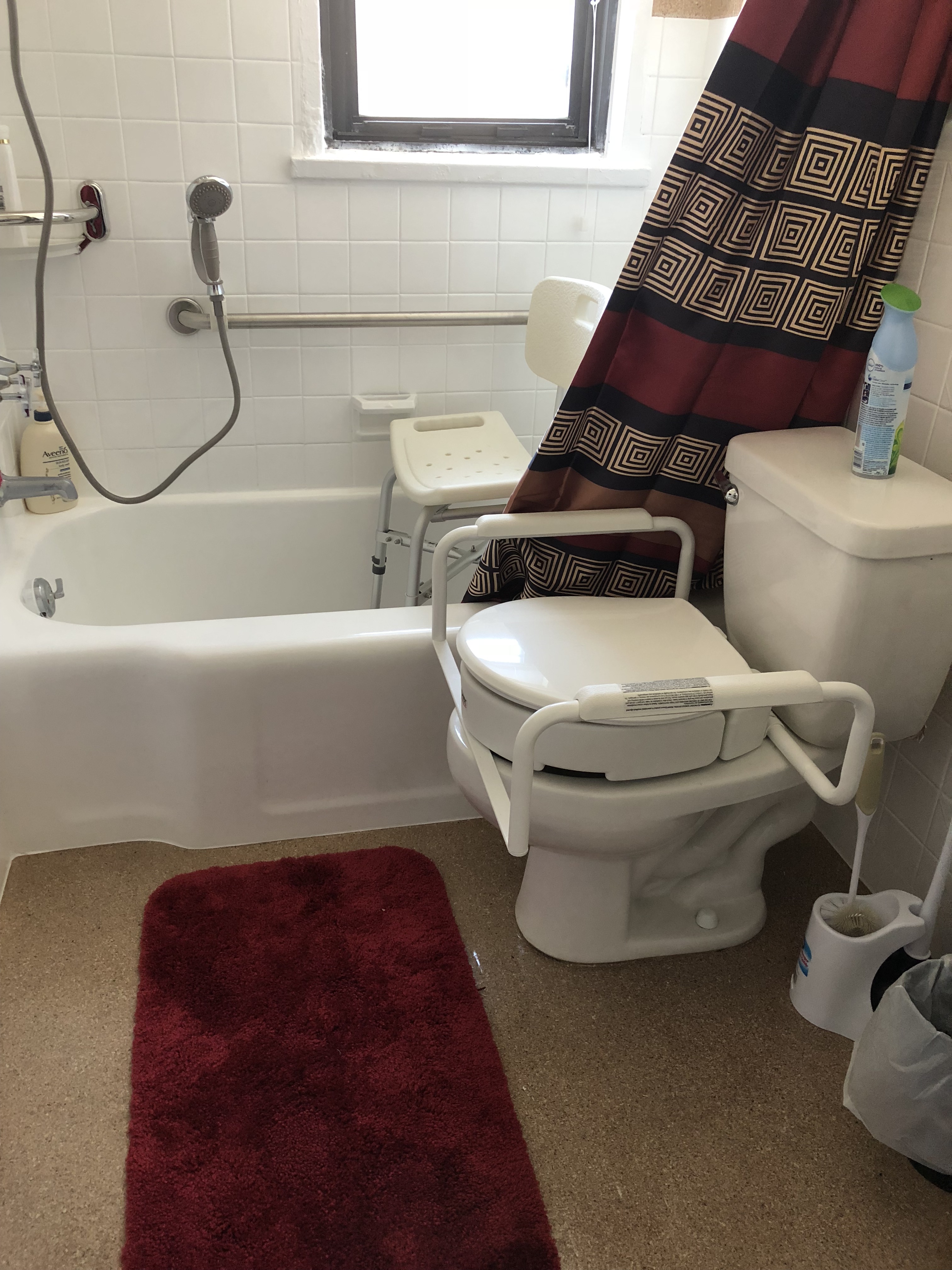Fall Prevention

By: Tori Goldhammer, MS, OTR/L, ATP, ECHM, CAPS, LMT
The National Council on Aging (NCOA) chooses the first day of fall for the annual Fall Prevention Awareness Day (https://www.ncoa.org/healthy-aging/falls-prevention/falls-prevention-awareness-day/). The goal of this day is to educate seniors about the typical risks for falling and how to mitigate those risks. NCOA has adopted the Centers for Disease Control (CDC) model of fall prevention education by emphasizing four major categories of risk: vision, medication, balance/strength and environment. While this model works well for educating consumers and lay people, as rehab professionals we often need to understand the more subtle risks for falls to provide a comprehensive intervention for mitigating falls risks.
The course I teach (Home Modifications and Fall Prevention Strategies) outlines fall risks based on “intrinsic” and “extrinsic” factors derived from peer reviewed research articles.
Intrinsic:
- History of falls
- Age
- Gender
- Living alone
- Medicines
- Medical conditions:
- Neurologic
- Musculoskeletal
- Cardiovascular
- Genitourinary
- Gastrointestinal
- Psychiatric
- Endocrine and Internal Medicine
- Iatrogenic
- Impaired mobility and gait
- Sedentary behavior
- Psychological status
- Nutritional deficiencies
- Impaired cognition
- Visual impairments
- Foot problems
Extrinsic:
- Footwear and clothing
- Inappropriate assistive device
- Inside the home
- Outside the home
This list of risk factors helps us, as rehab professionals, understand the complexities of falls in the older adult population and can help guide us to provide intervention as well as referrals to address issues outside of our scope of practice. For example, referral to a Social Worker to address concerns about isolation and sedentary lifestyle or referral to a Geriatric Nutritionist who can help with lack of appetite and poor nutrition.
Occupational and Physical therapists play a large role in helping our clients decrease their fall risk, but it is important for us as professionals to take a holistic, client centered, approach in understanding our individual clients and patients. An excellent tool for providing a holistic, falls risk screen is the Falls Risk of Older Persons in the Community (FROP-Com) created by the “National Ageing Research Institute Ltd” in Australia. This tool (https://www.nari.net.au/files/files/documents/falls_risk_for_older_people_-_community_setting_-_v10.pdf) provides an objective, numerical, score by rating areas such as cognition, eating, ADLs and IADLs, medication, vision, activity level, use of assistive device and more. It provides an excellent starting point for understanding the full scope of issues our client is facing. While we are unable to address all the issues, our ability to understand and communicate to the client, family and other rehab professionals, will lead to better overall outcomes for our clients and patients.
